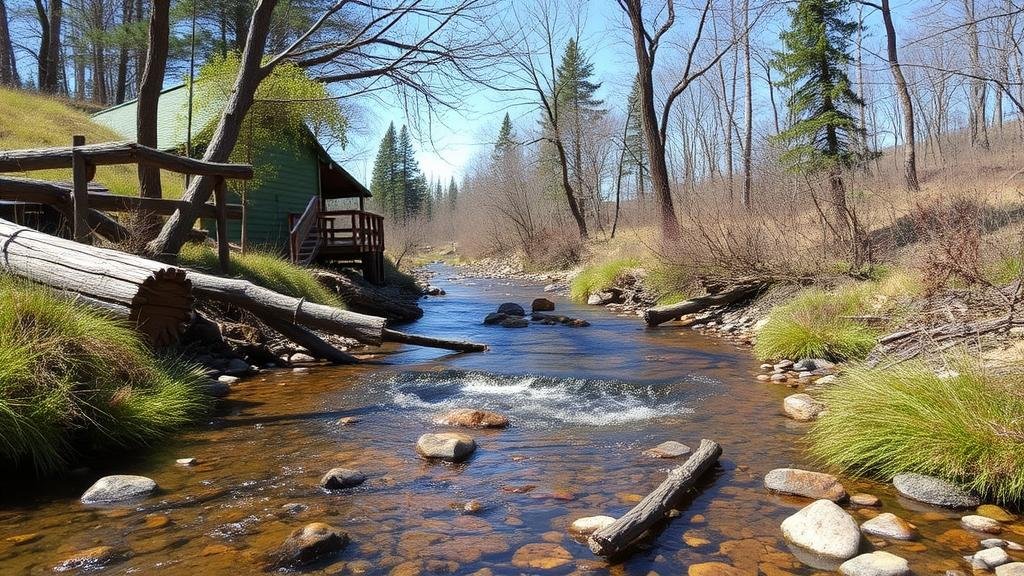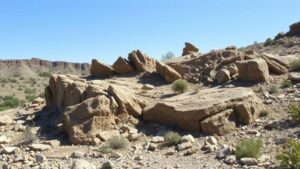How to Work Narrow Creeks with High Gold Recovery Potential
How to Work Narrow Creeks with High Gold Recovery Potential
Finding gold in narrow creeks requires an understanding of hydrology, geology, and proper techniques tailored to the specific environment. This article delves into effective strategies to maximize gold recovery in these challenging yet promising locations.
Understanding Narrow Creeks
Narrow creeks, often characterized by limited flow and confined pathways, can be rich in placer gold deposits. This environment is typically a result of erosion, where natural forces concentrate gold particles in sediment. Understanding the properties of these creeks is crucial:
- Flow Dynamics: The velocity and volume of water play a significant role in gold deposition. Slower sections often collect heavier materials, including gold.
- Geological Features: Look for bedrock outcrops, boulders, and changes in creek width, which can indicate potential gold traps.
Tools and Equipment
Having the right tools can significantly enhance recovery efforts. Here are essential tools for working in narrow creeks:
- Pans: A standard gold pan is indispensable for prospecting. It allows for a quick assessment of the creeks gold content.
- Sluice Boxes: Compact sluice boxes can be easily maneuvered in narrow areas and are effective for retaining fine gold.
- Classifiers: Used to sift out larger material, classifiers help ensure that only finer sediments are processed for gold.
Techniques for High Gold Recovery
When working a narrow creek, employing specific techniques can optimize your gold yield:
- Location Selection: Focus on areas where water slows down such as behind large boulders or in bends of the creek. These spots typically accumulate heavier minerals.
- Sample Regularly: Regular testing of different sections will help identify the most productive areas quickly.
- Use Gravity: Use the natural slope of the creek for efficient material movement. Gold is dense; it will settle in lower spots during flooding or heavy rains.
Environmental Considerations
It is important to approach gold mining with sustainability in mind. Consider the following:
- Adhere to local regulations and obtain necessary permits.
- Avoid disrupting local wildlife habitats and minimize the environmental footprint by using eco-friendly methods.
Case Study: Successful Gold Recovery in California Streams
A notable example is the successful gold prospecting along the streams of Northern California, where gold panners have utilized traditional techniques such as suction dredging and modern innovations like small-scale hydraulic monitors. According to the California Department of Mines and Geology, small-scale miners can yield anywhere from 0.1 to 1.0 ounce of gold per day, demonstrating the potential available in these narrow water channels.
Conclusion
Working narrow creeks can be rewarding, provided one is equipped with the right tools and knowledge. By understanding the creeks dynamics, utilizing effective techniques, and respecting the environment, prospectors can maximize their gold recovery potential. Always continue to educate yourself on best practices and remain adaptable to the ever-changing nature of these waterways.
Actionable Takeaways
- Research local geology to identify promising areas.
- Invest in quality tools that suit the narrow creek environment.
- Practice sustainable mining methods to preserve the ecosystem.



